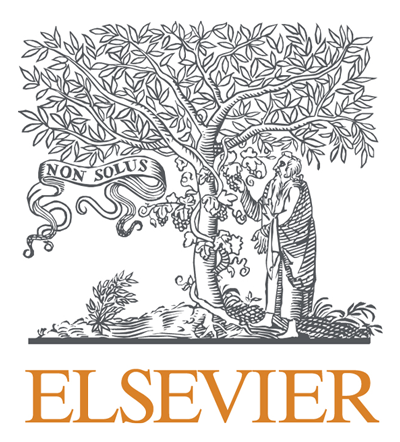Redlining and Food Apartheid in California
Topics:
Keywords: Food Apartheid, Food Justice, Food Deserts, Redlining, California, Urban Geography, GIS
Abstract Type: Paper Abstract
Authors:
Greig Tor Guthey California State University San Marcos
Gabriel Valle California State University, San Marcos
Abstract
Food apartheid is gaining traction for scholars of food security and the food movement. The concept is intended to focus attention on identifying and addressing the root causes of unequal food access and related social, economic, and health outcomes. In this study, we explore these root causes in California as part of the country’s systematic effort to segregate Americans. Redlining – the systematic process of excluding people of color from the mortgage market – is frequently noted among these root causes. Yet there are a number of other practices and patterns influencing food apartheid as a simultaneously spatial and aspatial phenomena. One the one hand, it is possible to map zones of diminished food access defined by driving or linear distance from particular residences. We include a number of maps to illustrate how food access has changed over time. But increasing access to food will require more than just locating new stores in closer proximity to low-income neighborhoods. It requires addressing and dismantling the barriers to food access perhaps better understood in the context of “American Apartheid” (Massey and Denton 1994) of which food insecurity is just one part of a larger systematic effort to deny African Americans in particular full access to the rights and resources of citizenship. Food apartheid was not created in a short period of time, nor will its resolution occur through short term projects – such as grocery store construction -- that leave in place the patterns, practices and policies that created it.
Redlining and Food Apartheid in California
Category
Paper Abstract
Description
Submitted By:
Greig Guthey California State University - San Marcos
gguthey@csusm.edu
This abstract is part of a session: Towards (Just) Food Geographies: Networks, Nourishment, and Disasters









Share